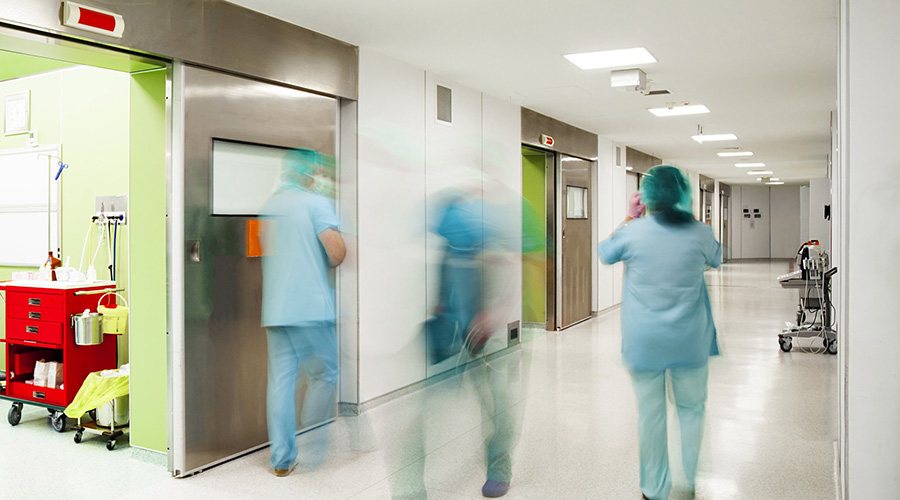High-horsepower diesel engine generators have long supplied the mission-critical backup power to health care facilities throughout the world. However, recent regulations by the Environmental Protection Agency (EPA) have placed limits on allowable exhaust emissions and changed the rules applying to certain types of system operations, according to an article on the Health Facilities Management website.
The EPA introduced its Tier 4 interim (Tier 4I) certification requirements in 2011, ushering in tighter emission reductions for high-horsepower diesel generator sets. Of particular interest to those who rely on these mission-critical generators for emergency backup is the regulation's stance on emergency use, the article said.
Tier 4I requires all operators who seek to run new generators for nonemergency use to deploy units that meet the new emission-reduction levels. For many hospitals, the new regulations are a departure from the previous grandfather clause that allowed unlimited nonemergency operation under the EPA's previous Tier 2 certification.
In January 2013, the EPA revised the language defining limits like the 100-hour rule as it applies to both new and existing generator engines. For some hospitals, achieving Tier 4I certification outweighs the negative impacts of potential operating fines, and the prospect of readying for future emission reductions becomes a near-term priority, the article said.
Read the article.

 Making the Energy Efficiency Case to the C-Suite
Making the Energy Efficiency Case to the C-Suite How to Avoid HAIs This Flu Season
How to Avoid HAIs This Flu Season Design Phase Set to Begin for Hospital Annex at SUNY Upstate Medical
Design Phase Set to Begin for Hospital Annex at SUNY Upstate Medical Building Hospital Resilience in an Era of Extreme Weather
Building Hospital Resilience in an Era of Extreme Weather Ennoble Care Falls Victim to Data Breach
Ennoble Care Falls Victim to Data Breach